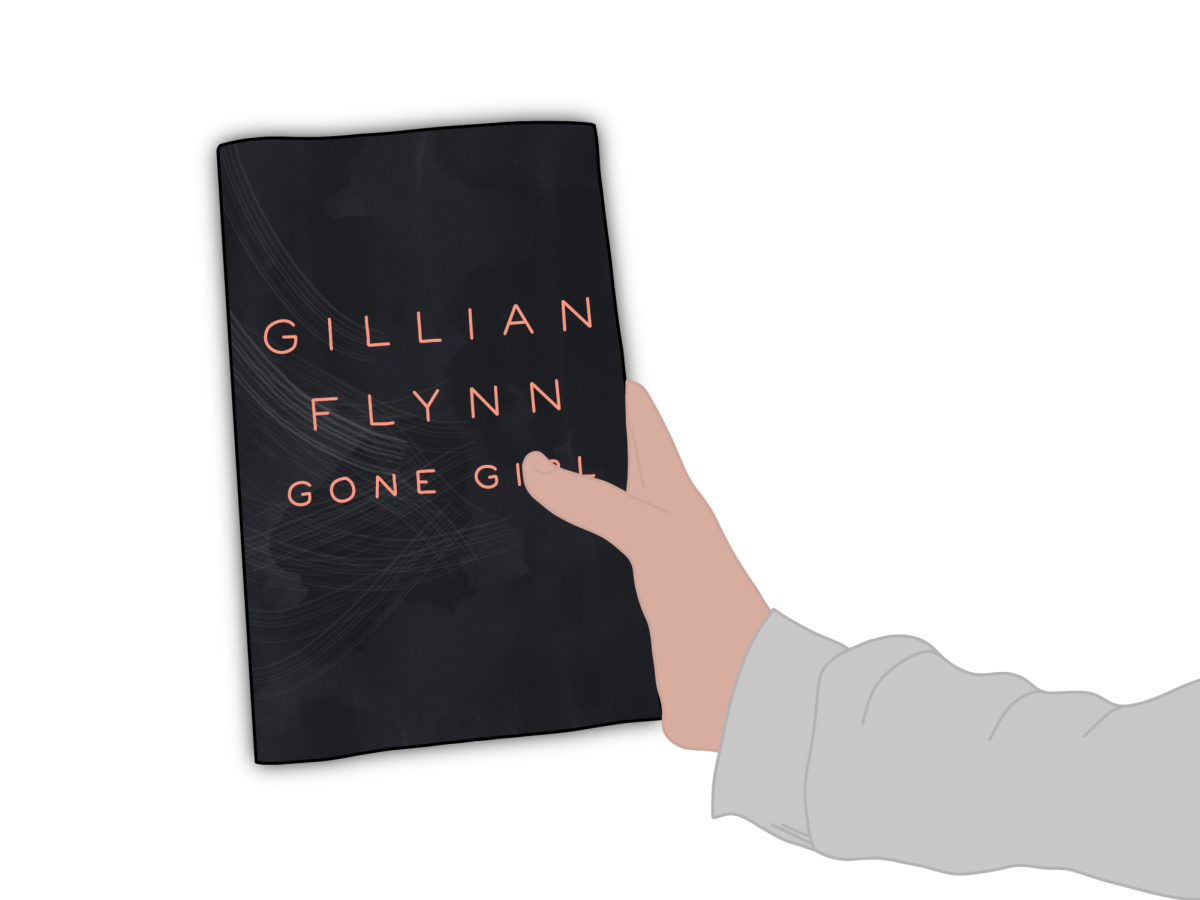“Station Eleven” by Emily St. John Mandel follows the journeys of a young woman, Kirsten Raymonde, who grows up in the metropolitan Toronto area. While this novel was assigned to me and my fellow peers before our senior year of high school, I actually enjoyed this book and got a lot out of it. It was certainly a compelling read, evident by the fact that streaming service Max created a show based on the book. After reading the text and then watching its corresponding segments in the short television series, I felt a powerful impact on how I visualized “Station Eleven.” Mandel’s work brings across an almost science-fiction, dystopian story; though not typically my favorite structure, her book provided me with just a taste of this genre.
While we’ve all been told not to judge a book by its cover, I did have a positive first impression of Mandel’s book because of the cover presentation. The image on the front cover looks like it was taken in a rural, isolated area under a blanket of stars in the night sky. This is reflective of an absence of urban influence after the major climax point of this book.
Although published years prior to COVID-19, the setting of “Station Eleven” is oddly comparable to the struggles of living through our recent global pandemic. Mandel draws her readers into a dystopian world also navigating a pandemic. After seeing one of her fellow actors, Arthur Leander, collapse on stage due to a heart attack, the world quite literally falls apart as main character Kirsten uncovers the root of the book’s chaos: the Georgia Flu.
“Station Eleven” follows the drastic changes upon civilization after a pandemic strikes. The fictional Severn City Airport is one major location of “Station Eleven” as it represents how the book’s pandemic caused the loss of many years’ worth of technological advancements. This concept should pique the interest of history enthusiasts, in particular regarding industrialism and its impact on connections between people. While not written in chronological order, this setting shows up at the very start of the timeline as characters evacuate their home towns and after the pandemic’s peak when Kirsten and others rediscover the airport.
I admired that “Station Eleven” was narrated by multiple characters. The aftermath of the Georgia Flu involves Kirsten’s showcase of her acting strengths through a group known as the Traveling Symphony. In a very changed world, however, Kirsten and her companions have opponents. Kirsten runs into both successes and failures while living with these individuals, and each reader can leave with their own takeaway of this unique social dynamic.
As its name suggests, the Traveling Symphony travels frequently — specifically around the Great Lakes region — to perform Shakespearean acts and complete plays. This group presents the crucial idea of fostering bonds amongst groups of people, even through various conflicts and times of struggle. It was fun imagining how the Great Lake I have sailed on for almost two decades, including beautiful Lake Michigan, is one of the core settings of this post-pandemic novel.
As someone who attended an enormous high school in the suburbs north of Chicago, I was constantly surrounded by peers involved in different academic disciplines, sports or extracurricular activities, school-run organizations and social groups. “Station Eleven” allowed me to step outside of my comfort zone, as the book’s storyline was the direct opposite of my social day-to-day experiences. A lot of my classmates were also intrigued by the contrast between our student body’s life and the Traveling Symphony’s eerie expeditions.
Overall, I would recommend “Station Eleven” to anyone who longs to escape into a different world outside of the constant demands of work and life balance. I am sure we can all remember how life was just over four years ago in quarantine, and the contrasts of that time with our current daily activities. I hope this read offers a creative and adventurous effect to all who try out the book. I have already started reading her 2022 release, “Sea of Tranquility,” and am eager to see how it progresses and offers parallels to “Station Eleven.”
Rating: 5/5














